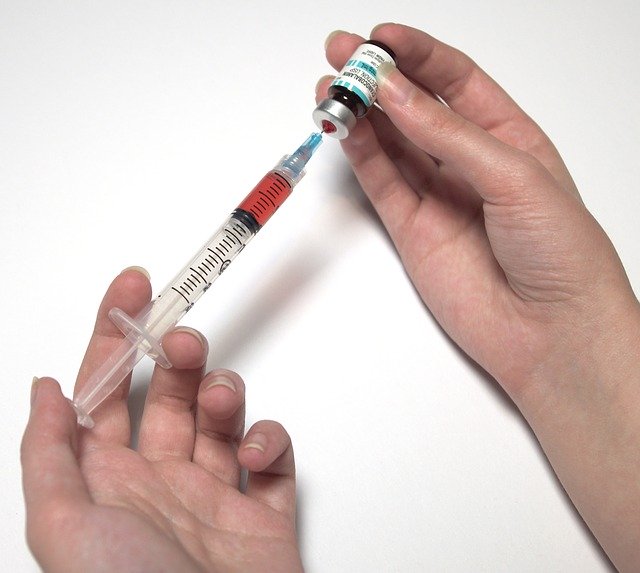Herpes Zoster
Herpes Zoster-related nerve damage
Herpes zoster, commonly called shingles, is an infection caused by the same virus that causes chickenpox. Only people who have had chicken pox can get shingles.
1/3
Herpes zoster, also known as shingles, is a common disease in the United States, affecting about one in three people during their lifetime
5%
1-5% of shingles patients will experience PN
80 Years Old
The risk of developing shingles significantly increases with age, with the highest rates seen in individuals over 80
After a patient recovers from the chicken pox, the virus remains inactive in the body. Shingles develops when the virus become active again. People over the age of 50, or those with weakened immune systems due to diseases such as HIV or cancer, are at the highest risk for developing shingles.
Shingles usually appears as a painful rash, typically on only one side of the body. The rash generally lasts from one to fourteen days. However, some patients with shingles may develop postherpetic neuralgia, a condition in which the pain from shingles continues months or years after the rash has faded.
Symptoms & Signs
(Not all symptoms and signs may be present)
There may not be specific symptoms, but the most likely symptoms include:
- Itchy skin
- Pain on the skin
- Rash or blisters on one side of the body, usually in a belt-like pattern
Evaluation & Tests
(Not all evaluation and tests may be necessary)
- Neurological exam
- Electromyography
- Nerve conduction velocity test
- Opthalmological evaluation if the eye is involved
Treatment & Therapy
(Not all treatments and therapies may be indicated)
- Anticonvulsants (Neurontin®)
- Antidepressants
- Antiviral medications
- Nerve block
- Opioid medication
- Corticosteroids
- Take safety measures to compensate for loss of sensation
Resource library
Read our newsletter and explore educational brochures to help expand your knowledge of peripheral neuropathy.



